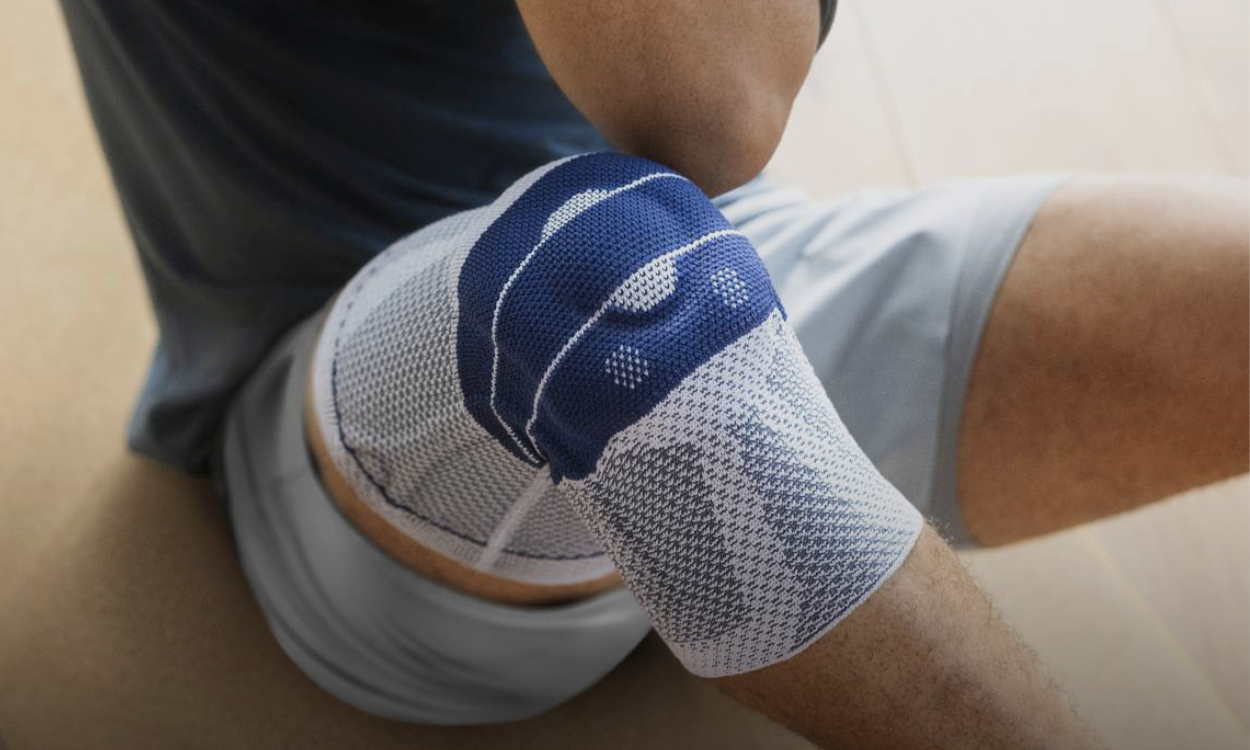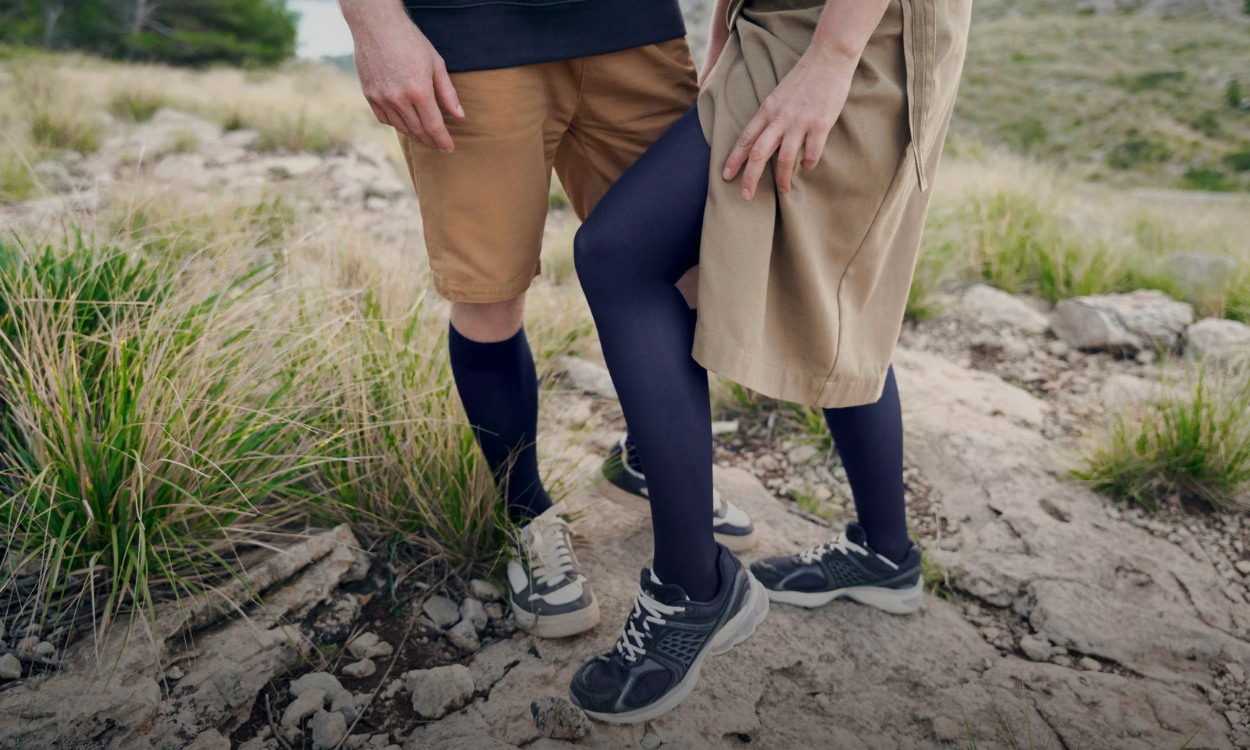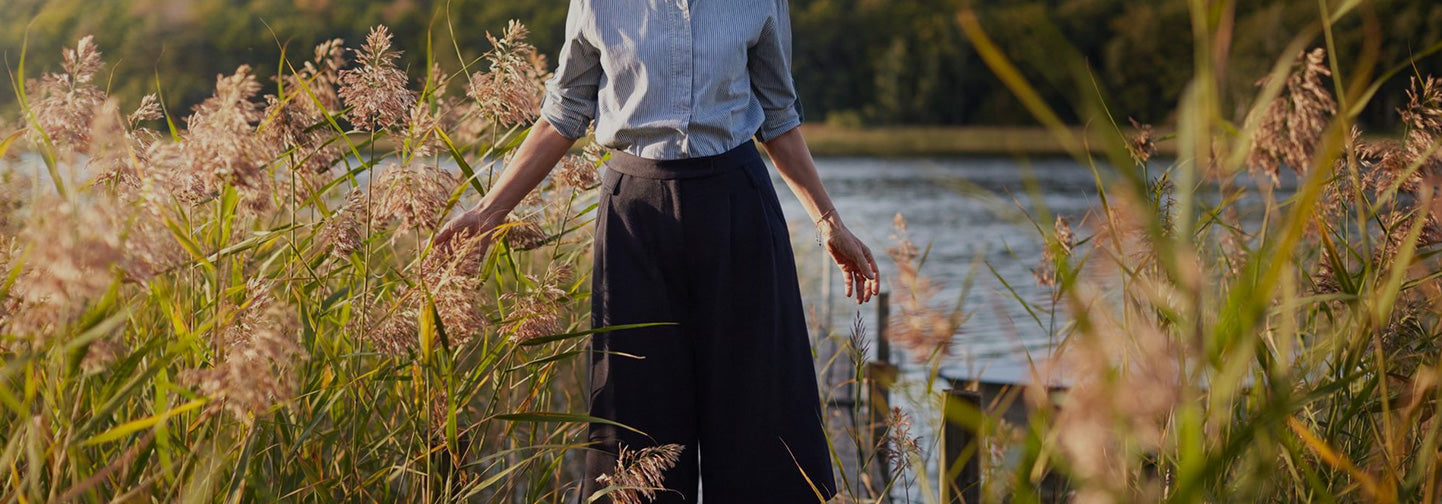Veins play an important role in our body, transporting blood throughout the body to our heart. But, as vascular diseases have become more common in all ages, it’s so important to recognise and treat them as early as possible. Learn about the most common venous diseases and disorders, where you can find comprehensive information on how they are diagnosed and treated.
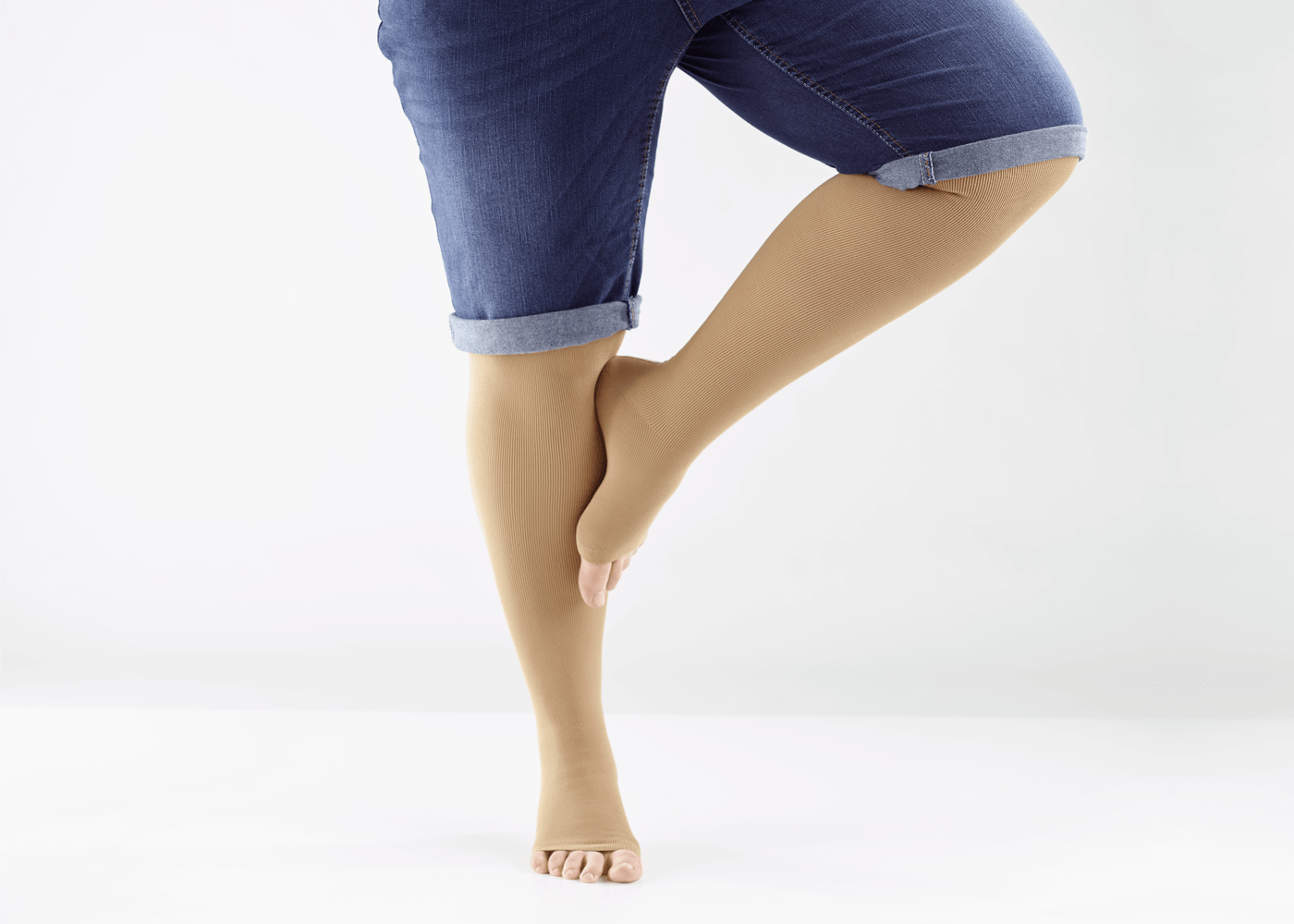
PHLEBOLYMPHEDEMA - TAKE WATER IN YOUR VEINS SERIOUSLY
Phlebolymphedema is a disease where this excess fluid accumulates in the tissue around the blood vessels in the legs, ankles and feet. A patient suffering from this condition experiences significan...
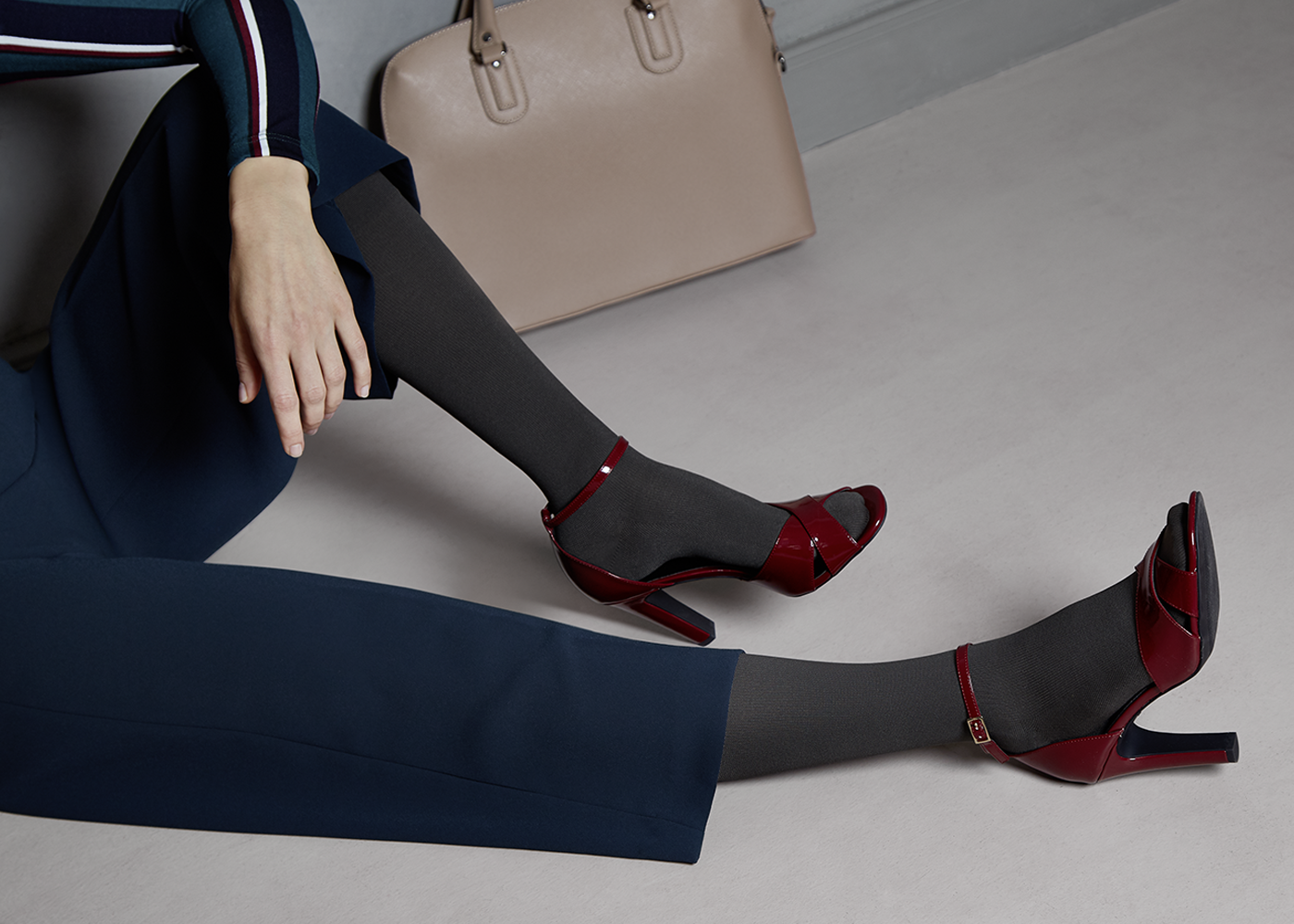
Spider veins are red or purple in color and generally appear on the legs, neck or behind the knee. They tend to be in web-like clusters and have no symptoms aside from their appearance.
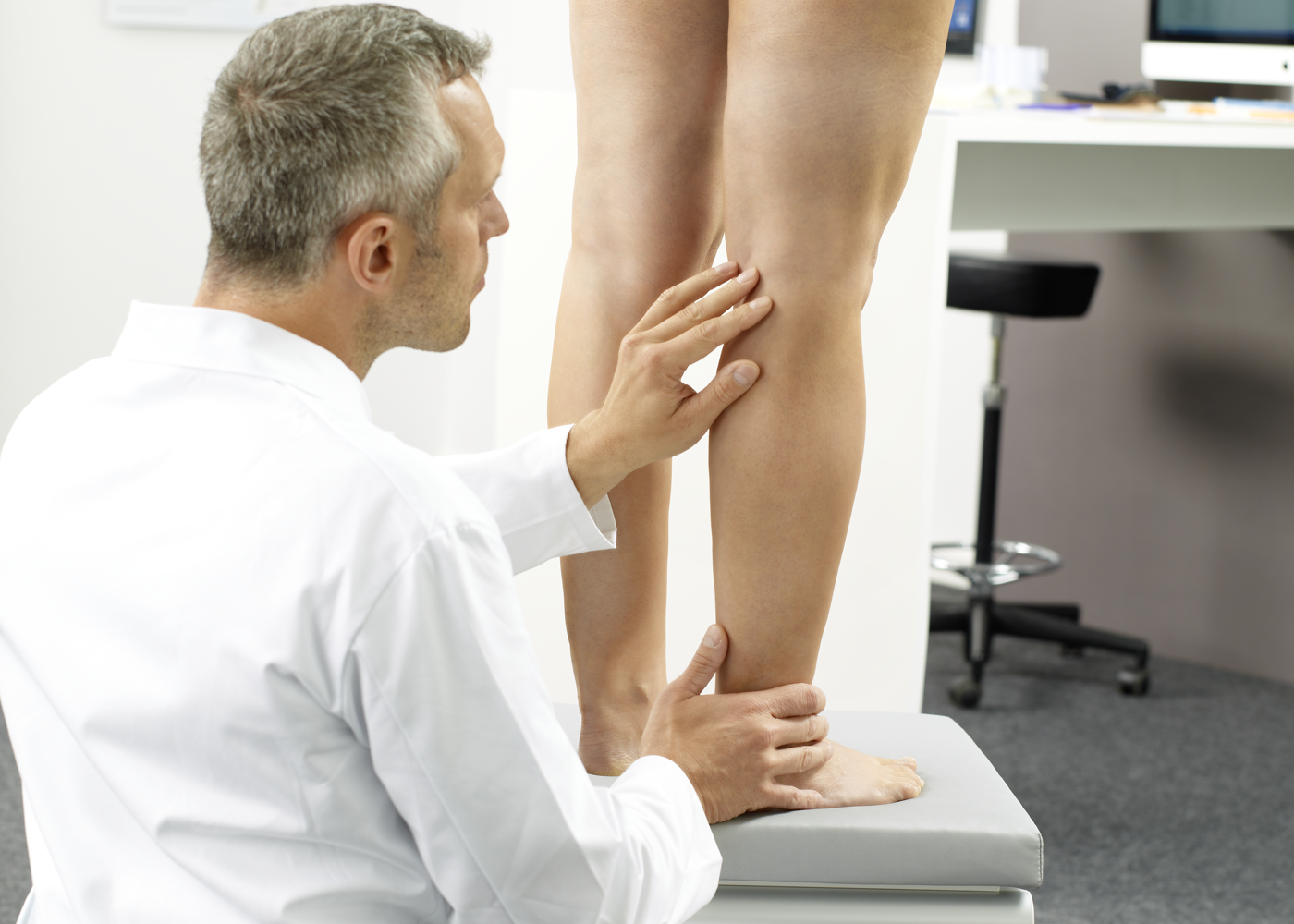
CHRONIC VENOUS INSUFFICIENCY (CVI) - CAUSES, DIAGNOSIS AND TREATMENT
Weakness in the venous valves results in the backflow of blood and accumulation of fluid in the legs. This results in a patient developing Chronic Venous Insufficiency or CVI.
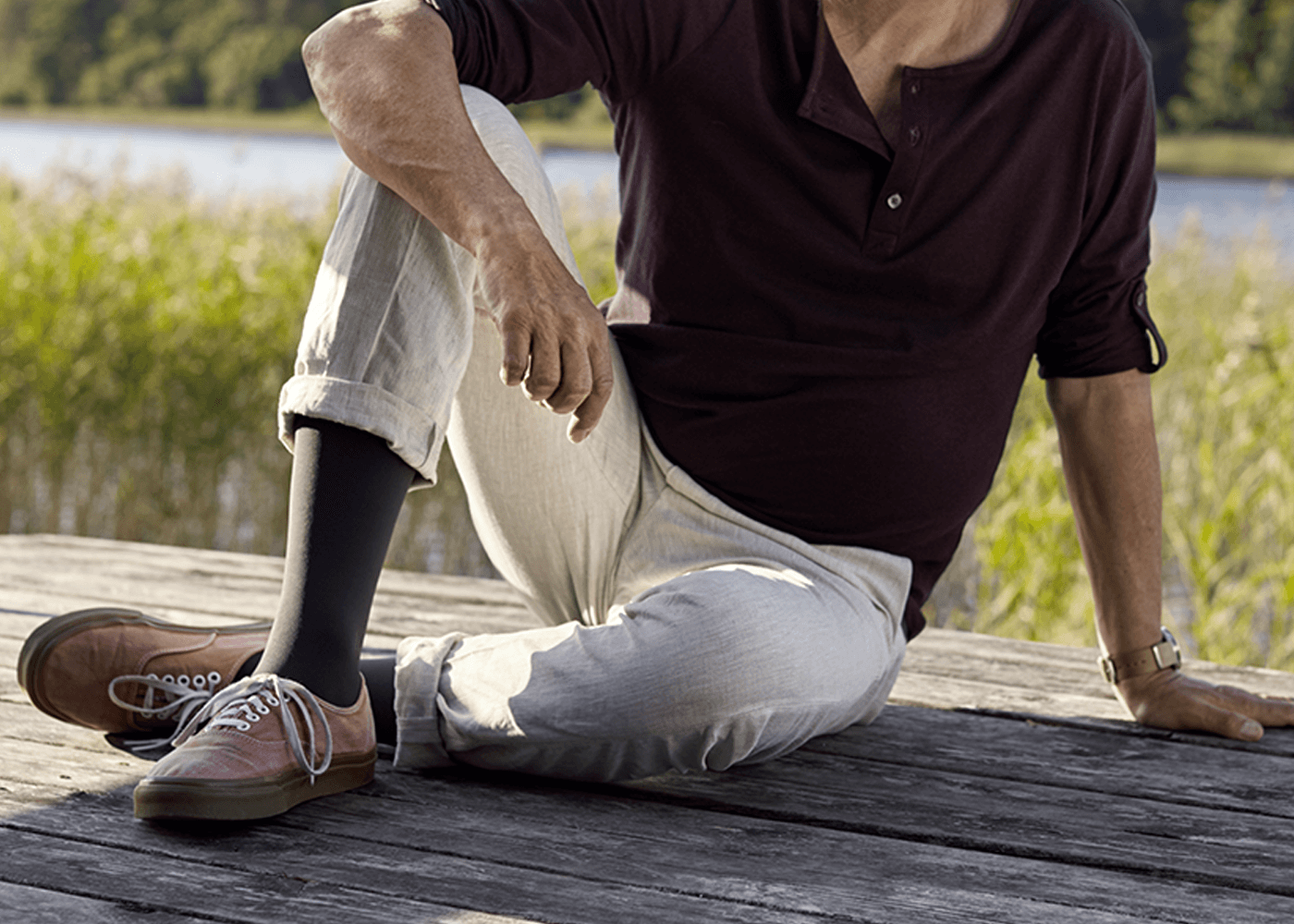
Varicose veins are the result of a medical condition called Chronic Venous Insufficiency, or CVI. The impacted veins are swollen, enlarged and twisted with a blue or purple appearance.
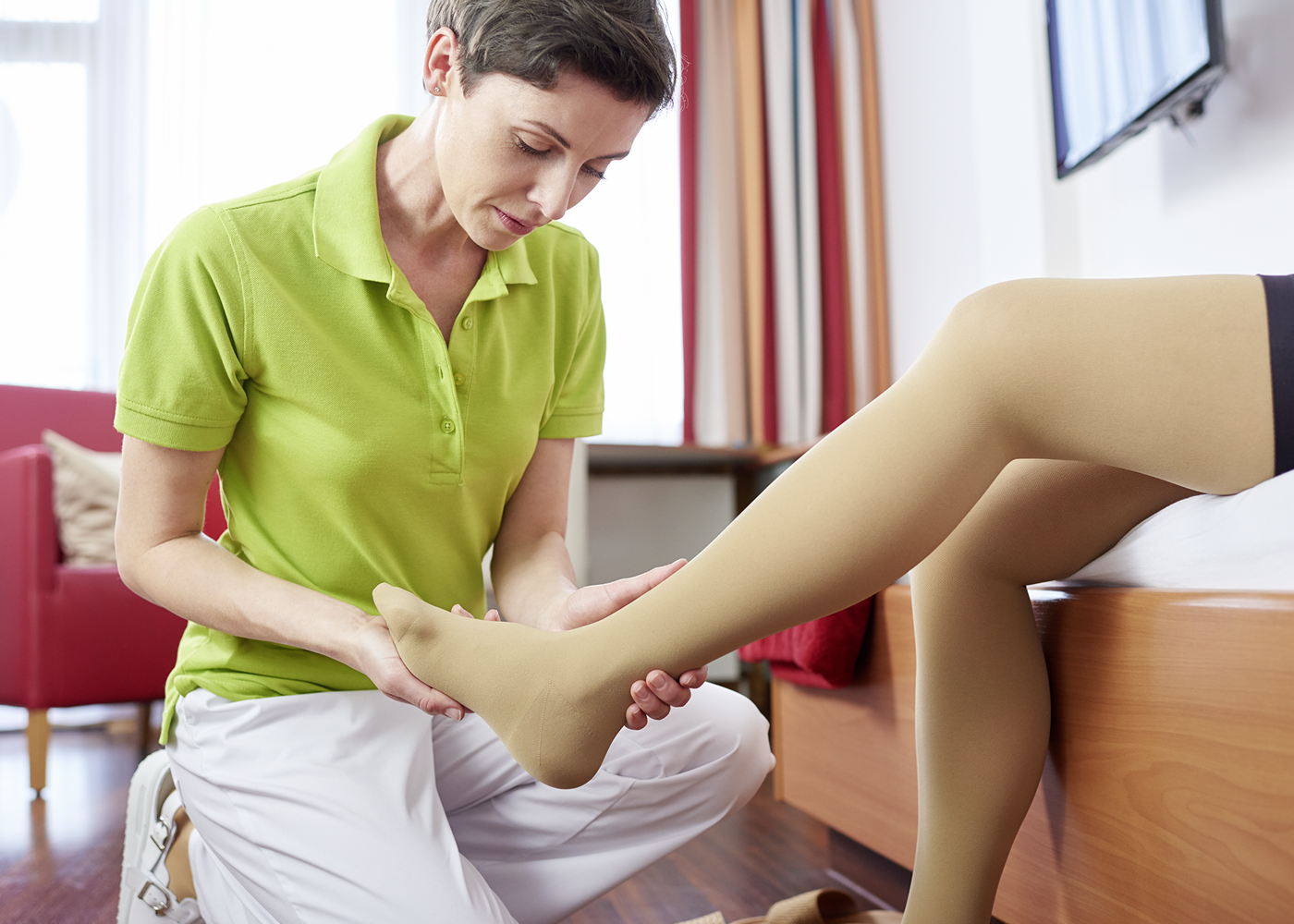
Blood plays a vital role in transporting oxygen and nutrients to different parts of the body. Some patients can develop a tendency to form clots (thrombosis) in the veins. Deep Vein Thrombosis (DVT...
Frequently Asked Questions / FAQS About Vein Disorders
What Is Vein Disease Called?
Chronic venous disease (CVD) is an umbrella term that covers a range of venous issues including spider veins, varicose veins, CVI (chronic vein insufficiency) and PAD (Peripheral arterial disease). Often an umbrella term is used for these conditions as they can instigate and exacerbate one another.
What Are The Symptoms Of Vascular Problems?
Vascular problems can present a wide range of symptoms depending on the core issue. These include intermmitent pain known as claudication (a cramping heavy sensation, often in the legs), numbness, pins and needles, increasing pain with activity and exercise, weakness in the muscles, discolouration of the skin (changing to blue or purple) and wounds that don't heal, among others. It's crucial to seek immediate medical help if there's any pain that increases rapidly, you feel chest pain and shortness of breath, or if you lose feeling in a part of your body.
Is Vein Disease A Real Thing?
Vein disease is real, and relatively common. Roughly one quarter of the adult population suffers from varicose veins, and on top of that there's a wide range of other vein issues. While in most cases it's not serious, left untreated it can potentially lead to more worrying issues.
What Are The Warning Signs Of Clogged Arteries?
Clogged arteries occur when plaque builds up inside the veins, causing blockages that can be damaging and potentially life-threatening. The warning signs for these blockages include shortness of breath, lower back pain, erectile dysfunction, fatigue and dizziness, pain and numb feelings in the hands and feet.
What Are The Warning Signs For A Stroke?
Warning signs for stroke can occur hours or even days before a stroke occurs. If you experience any of the following, it's important to seek immediate medical attention: Sudden trouble with vision in one or both eyes, confusion, trouble speaking or understanding speech that comes on suddenly, weakness or numness in the arm, face or leg, ususally no one side of the body, sudden dizziness and lack of balance, as well as other symptoms.
How Do I Know If I've Got Vein Disease?
If you're displaying symptoms like fatigue, swelling, aching or cramping in your legs, especially around the ankles and calves, it's worth speaking to a doctor about potential vein issues. Itchiness, bulging veins and a hot sensation in the legs is often a sign of varicose veins, and this is normally the best time to speak to a specialist to confirm what the cause is and find a solution.
Are Varicose Veins Risky?
Varicose veins themselves don't pose a serious risk in most cases, however if left untreated there's a risk of more serious issues developing, including vein rupture and other venous issues.
How Do I Prevent Vein Disease?
While it's impossible to completely prevent vein disease, there are steps you can take to reduce the chances and more effectively manage any issues that might develop. This includes a healthier diet, wearing loose fitting clothes, exercising regularly and avoid sitting or standing for extended periods of time.
What Causes Vein Blockages?
Vein blockages are caused when small amounts of particles (usually fat and sugar) build up on the vein walls, forming plaque. This plaque continues to build up as more fats and sugars are consumed. When the clot has formed, it's known as a thrombus, and if dislodged it can cause serious and life-threatening issues like stroke, heart attack or pulmonary embolism.

